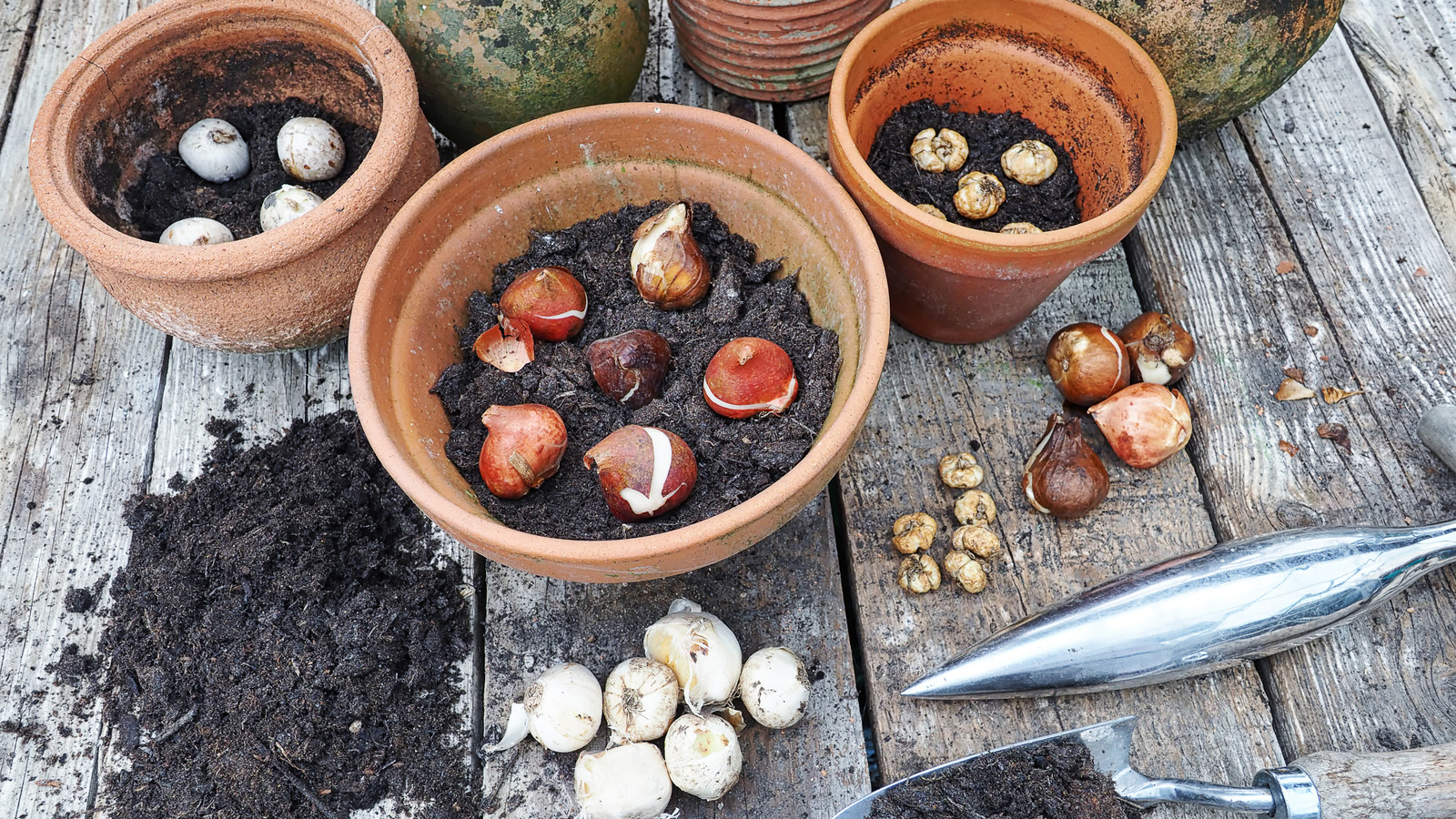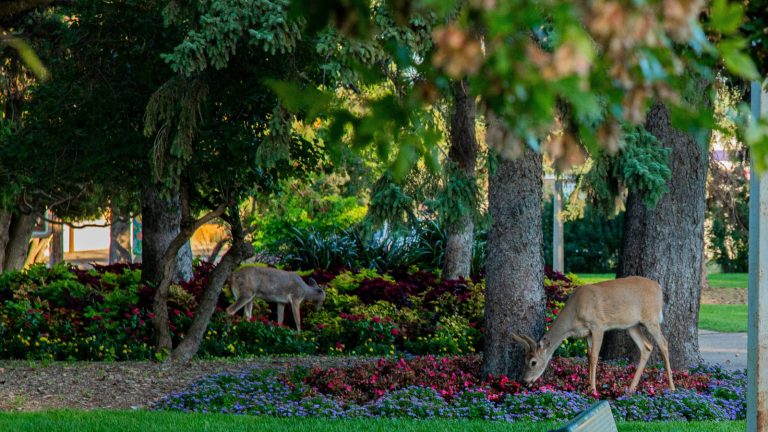
As your autumn-planted bulbs like daffodils and crocuses begin to bloom, it’s the ideal time to start planning for your summer-blooming bulbs. These bulbs are typically planted in spring across many regions. Whether you delight in crafting your own cut flower bouquets or simply enjoy the sight and scent of stunning garden blooms, one exceptional bulb (technically a corm) to plant now is the exquisite freesia.
Freesias boast a vase life of two or more weeks and come in a variety of beautiful colors, ranging from creams and soft pastels to vibrant reds and pinks. It’s no surprise that freesias are highly sought-after flowers. They can even be used for growing your own wedding flowers, as their elegance and classic appeal make them a popular choice for bridal bouquets. While freesia can be grown indoors during winter, spring is the prime time to plant them if you wish to enjoy these flowers outdoors in your summer cutting garden.
Caring for Freesias in the Garden
Freesias, like many spring-planted bulbs, corms, and tubers, are tender perennials and aren’t hardy in USDA zones below 9. Fortunately, freesia corms store well, allowing gardeners in colder regions to dig them up at the end of summer and store them until the next spring, similar to gladioli or dahlias. Once the threat of frost has passed, you can replant your freesias outside to enjoy their summer blooms.
While freesias can tolerate some shade, they thrive and flower best in full sun. They require well-draining soil and consistent moisture. To prevent the flowers from flopping, provide stakes or other supports. Freesias typically flower about three months after planting, so consider planting multiple successions of corms a few weeks apart to enjoy the beautiful, fragrant blooms for an extended period. Freesias prefer cool temperatures, with nights around 50 degrees Fahrenheit. As summer heat intensifies, they may begin to fade. At that point, you can cease watering and allow them to die back to the corm. They’ll then be ready for digging up and storage until the following spring.






